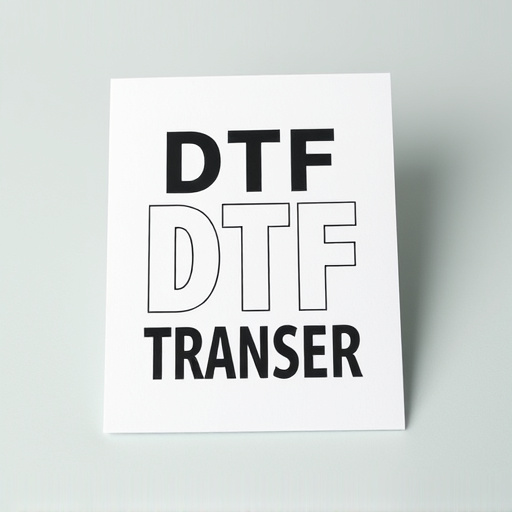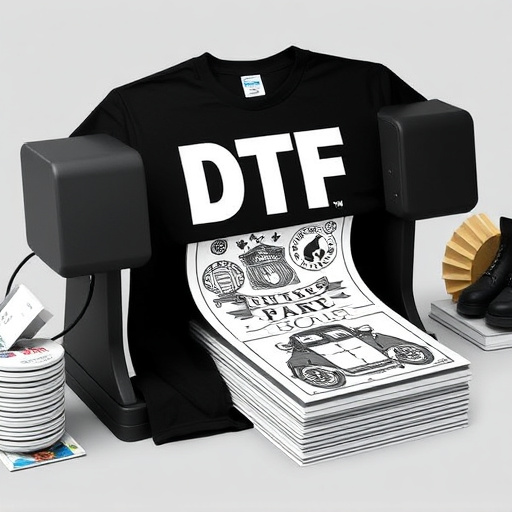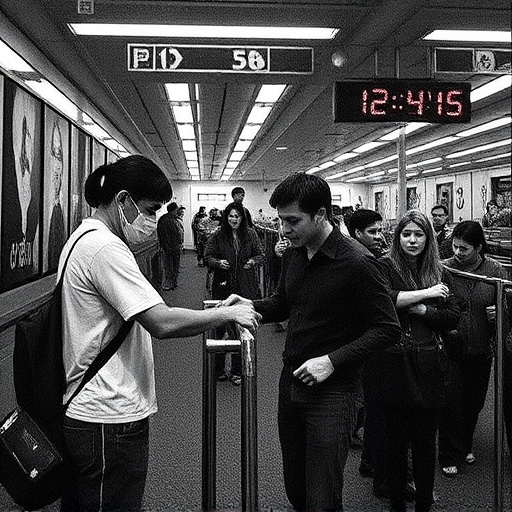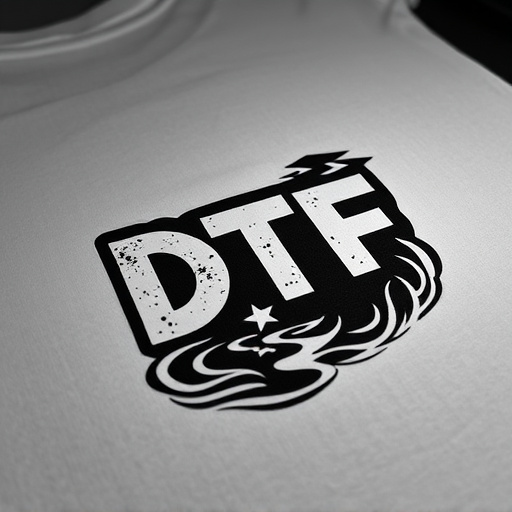DTF Transfer Gang Sheets require careful preparation to avoid data mismatches caused by outdated or inaccurate design file information. Ensuring file format compatibility, consistent units of measurement, and using the correct dtf transfer film is essential for precise cutting patterns and high-quality prints. Meticulously aligning data fields like product codes, sizes, and colors prevents material waste and guarantees accurate font size and resolution transfers for durable, vibrant or monochromatic DTF prints.
In the realm of data management, setting up DTF Transfer Gang Sheets is a critical process that demands precision and attention to detail. However, common mistakes can lead to significant data mismatches, inconsistencies, and integrity issues, causing delays and operational disruptions. This article unravels three primary culprits: data discrepancies, lack of standardized processes, and insufficient testing. By understanding these pitfalls, organizations can implement best practices to ensure accurate, reliable DTF transfer gang sheet setups.
- Data Mismatch and Inconsistencies
- – Outlined examples of common data discrepancies between source systems and DTF transfer gang sheets.
- – Discussed causes (human error, system inconsistencies) and potential consequences (data integrity issues, delayed transfers).
Data Mismatch and Inconsistencies
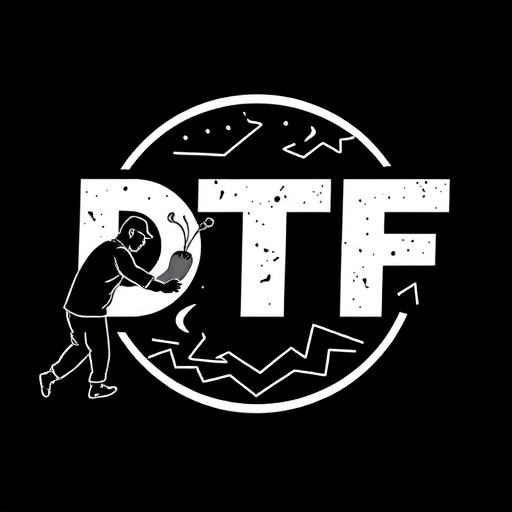
Data mismatch and inconsistencies are common pitfalls when setting up DTF Transfer Gang Sheets. This often arises from outdated or inaccurate information in the design file used for the transfer process. For instance, if your dtf custom orders include dimensions that don’t align with the actual print area of the chosen dtf transfer film, it can lead to important details being cut off or distorted during the printing and heating phase.
This issue can be avoided by double-checking each aspect of your gang sheet—from file format compatibility to unit of measurement consistency. Ensure that you’re using the correct dtf transfer film for your project, and that your design software is set to match the specifications of the material. Upload your own gang sheet if necessary, making sure it accurately reflects the final product you intend to create, whether it’s a vibrant, detailed graphic or a subtler, monochromatic design.
– Outlined examples of common data discrepancies between source systems and DTF transfer gang sheets.

Common data discrepancies often arise when setting up DTF Transfer Gang Sheets, leading to errors and inefficient production processes. Some examples include misaligned data fields between source systems and the transfer sheets, where critical information such as product codes, sizes, or colors might not match precisely. This can result in incorrect cutting patterns, leading to wastage of materials, especially durable prints meant for high-quality DTF transfer printing.
Additionally, inadequate attention to detail during the setup may cause variations in print quality. For instance, if font sizes or resolutions are not accurately transferred from the source system to the gang sheet, the final DTF print quality could be compromised. Ensuring data accuracy and consistency is vital for successful DTF transfer printing, allowing for precise cutting, minimal waste, and ultimately, high-quality durable prints.
– Discussed causes (human error, system inconsistencies) and potential consequences (data integrity issues, delayed transfers).
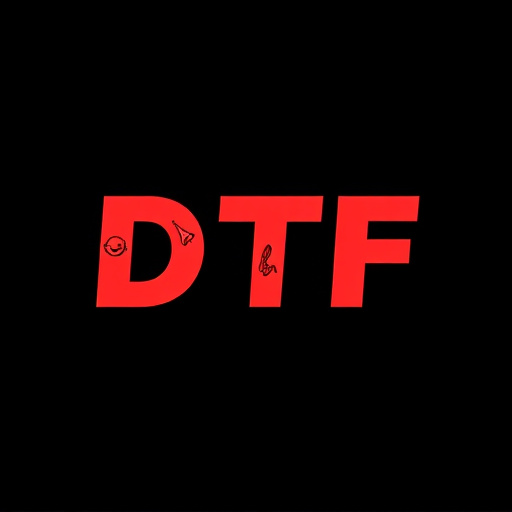
Common mistakes in DTF Transfer Gang Sheet setup often stem from human error and system inconsistencies. When creating or managing these sheets, users might incorrectly input data points, leading to subsequent errors in the transfer process. This can result in data integrity issues where crucial information is either missing or inaccurate, causing delays and potential financial losses. System inconsistencies, such as outdated software or incompatible formats, also play a significant role in introducing errors. For instance, using a DTF gang sheet builder that doesn’t align with your current system could lead to transfer delays, as the software might not efficiently interpret the data.
These mistakes can have far-reaching consequences, particularly for businesses that heavily rely on cost-effective DTF heat transfers. Delayed transfers due to inaccurate or inconsistent data can disrupt production schedules and impact overall efficiency. As such, it’s crucial to double-check every detail in the gang sheet and ensure your systems are up-to-date and integrated for seamless DTF transfer operations. Using a reliable DTF gang sheet builder that offers accurate data interpretation and integration with existing systems is, therefore, a strategic step towards maintaining data integrity and operational efficiency.
In conclusion, while DTF Transfer Gang Sheets streamline data transfer processes, they are not immune to common mistakes. Human errors and system inconsistencies can lead to data mismatches and inconsistencies, compromising data integrity and causing delays. To avoid these issues, organizations should implement rigorous data validation checks, ensure systems are aligned, and promote continuous training among personnel involved in the setup process. Optimizing DTF Transfer Gang Sheets is essential for efficient data management and accurate financial reporting.

